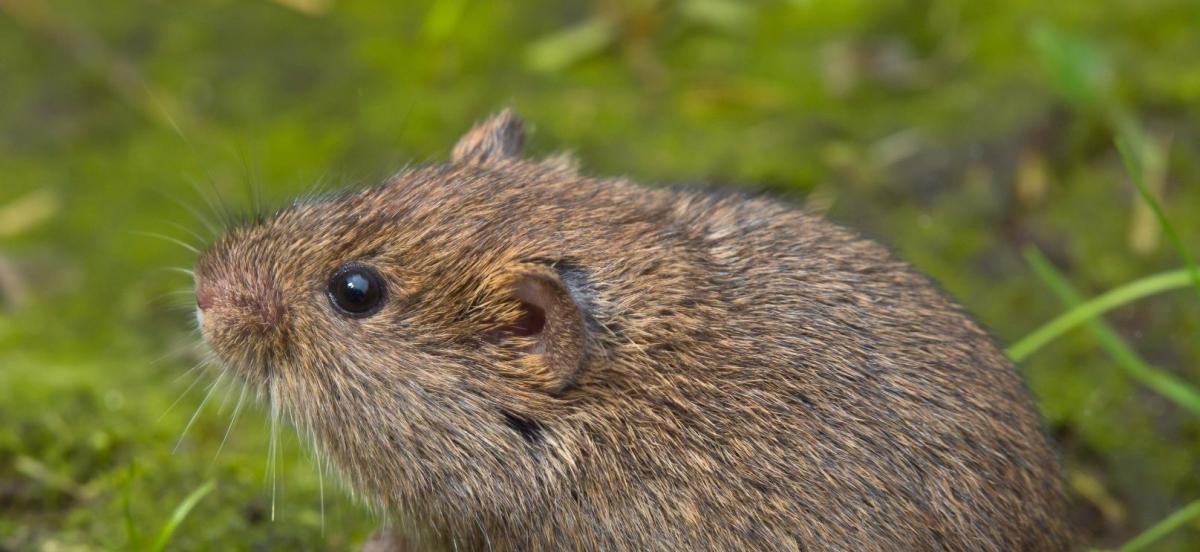
Breeding
Field voles can breed all year round. Females can produce up to seven litters a year, with usually around five young.
Where do they live in the Forest?
Anywhere where there is long grass in the younger plantations. Hayden Way Wood and Dorothy’s Wood are good areas for field voles.
Natural predators
Foxes, stoats, weasels, and some birds of prey. Field voles play a vital part in the food chain for these predators.
Spotting tips
Field voles are tricky to see, but look for clues like their network of tunnels in the long grass.
Not to be confused with
The bank vole. These small grey-ish brown mammals can be confused with bank voles due to their appearance, however the tail is the best way to tell which is which. Field voles have tails only a third of the length of their whole bodies, whereas bank voles’ tails are half the length of their bodies.
Conservation Status
Field voles are one of the most common small UK mammals. In the UK the population of the field vole is roughly 75,000,000.
How you can help
Creating a wild area in your garden and allowing grasses to grow tall provides more cover for field voles and other small mammals.



